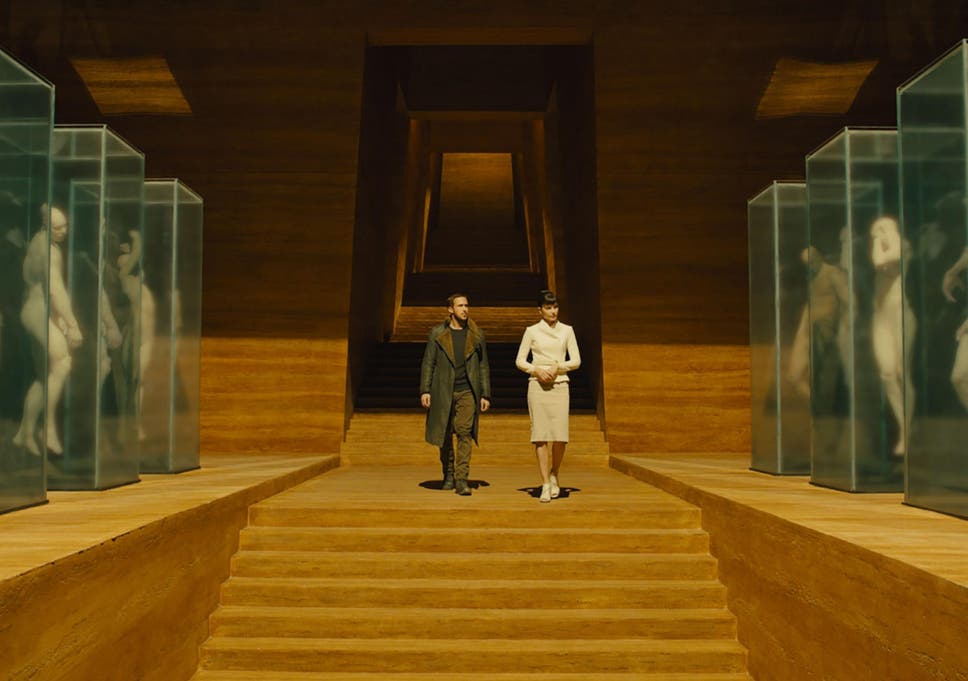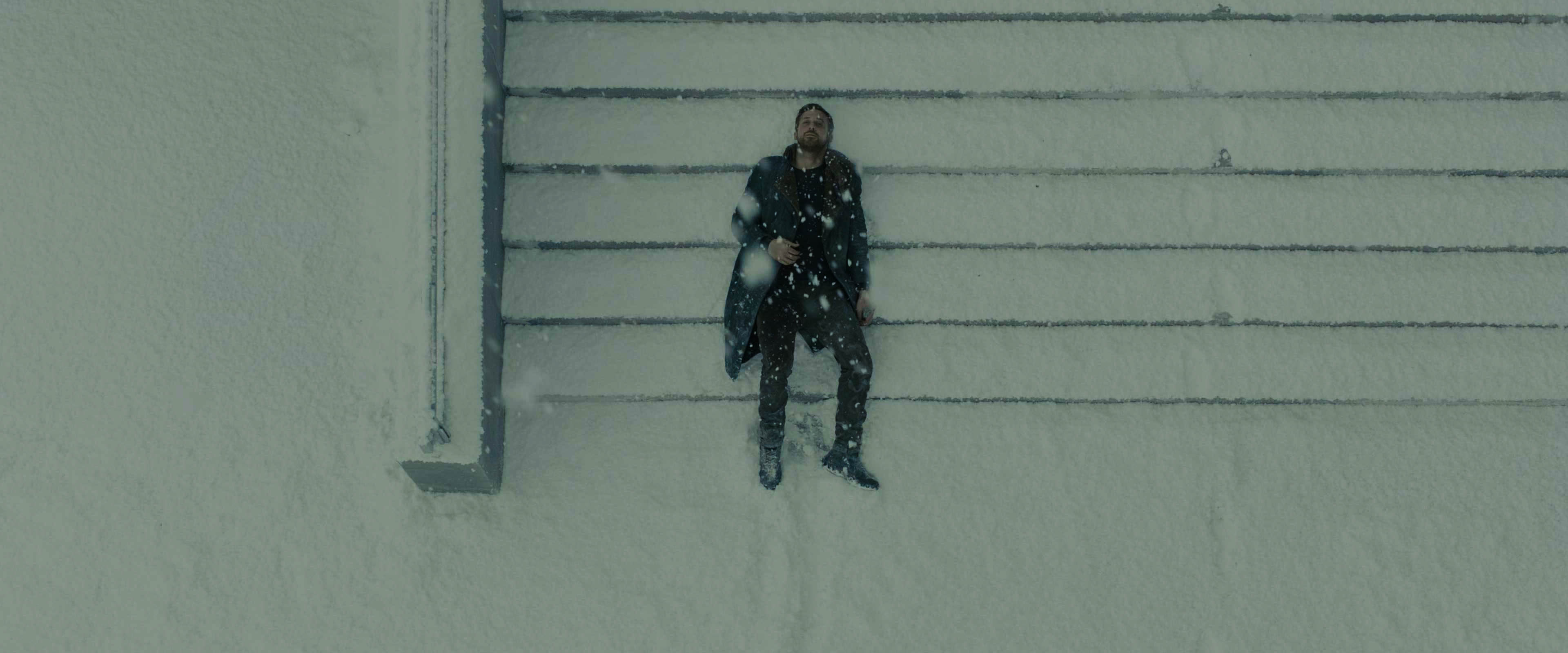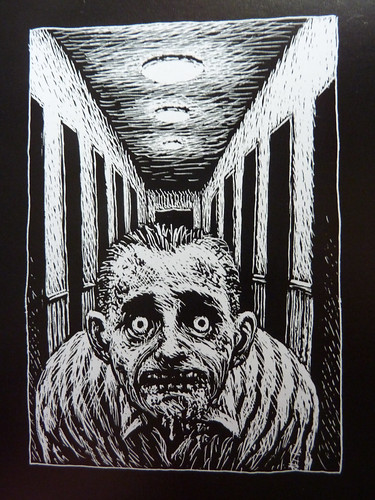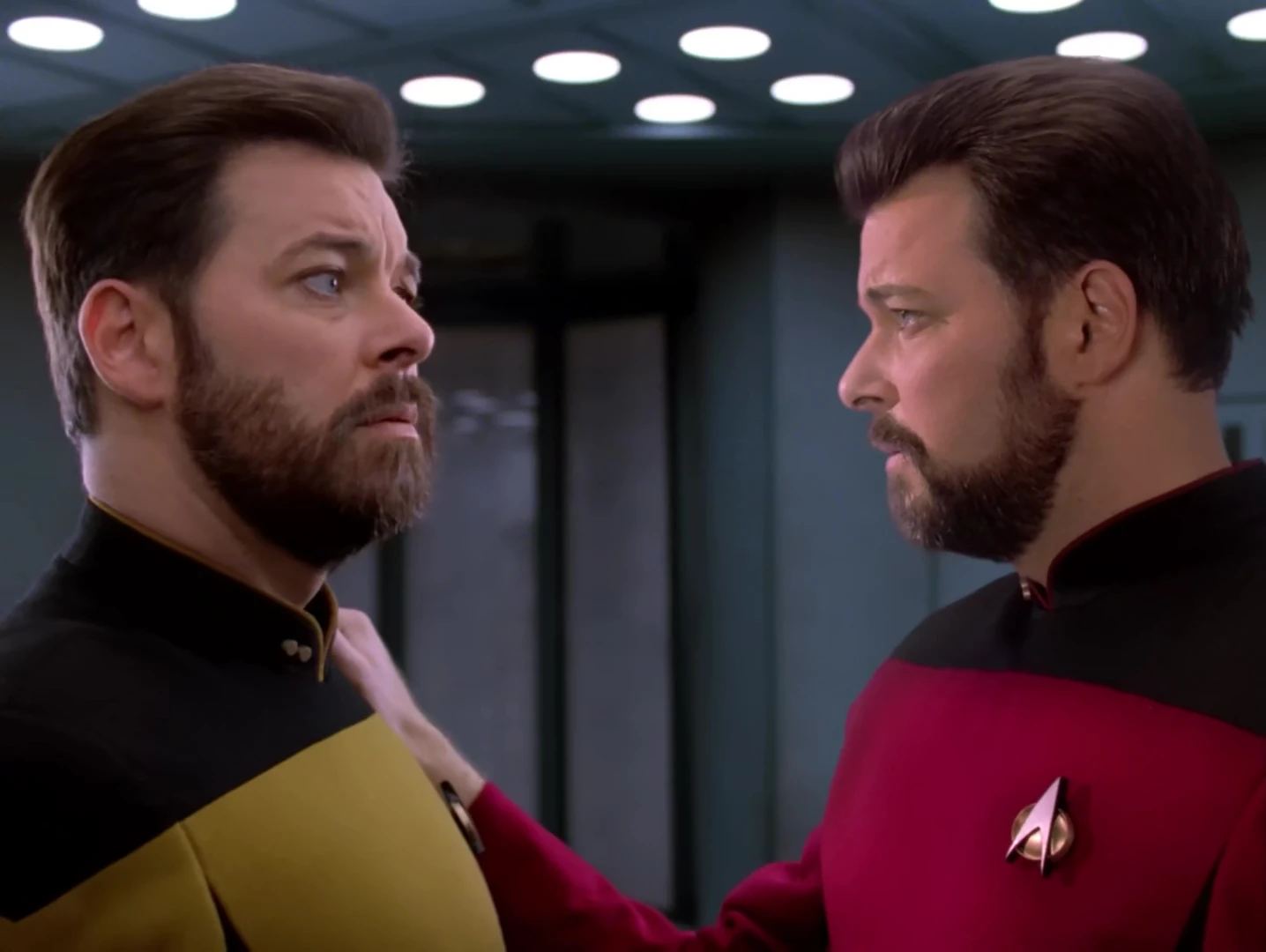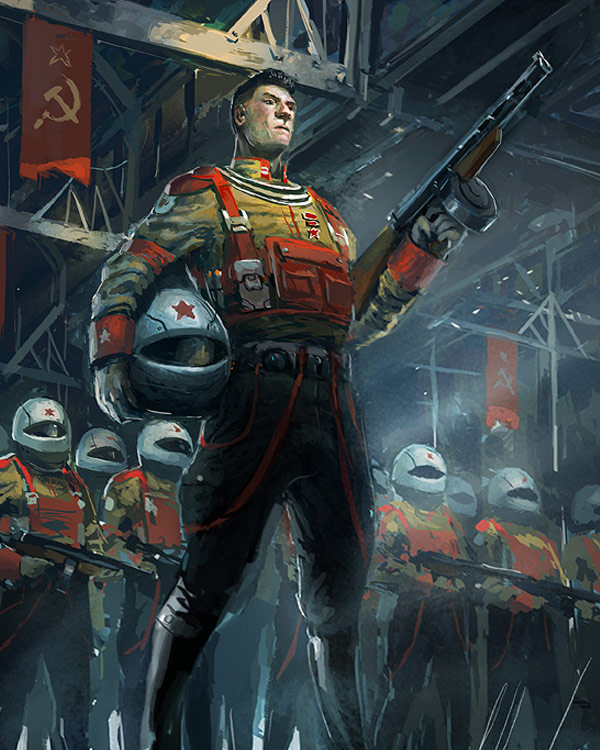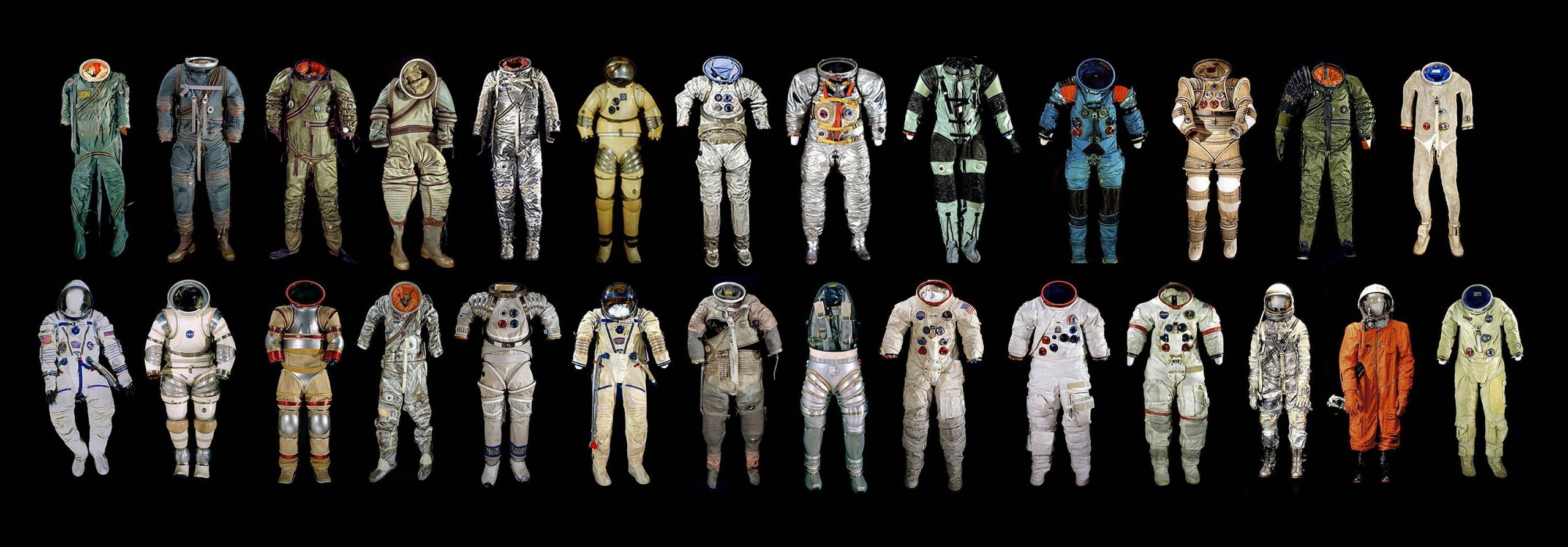My Voyant Web Journey – The Conclusion

Here is the link to the corpus tools page in case you want to mess around with it. Sadly it only works about half the time I try to open it?…. So good luck.
https://voyant-tools.org/?corpus=cbaec811b2e58d86c675b2d00e0c2aca
But here is the most important visualization:
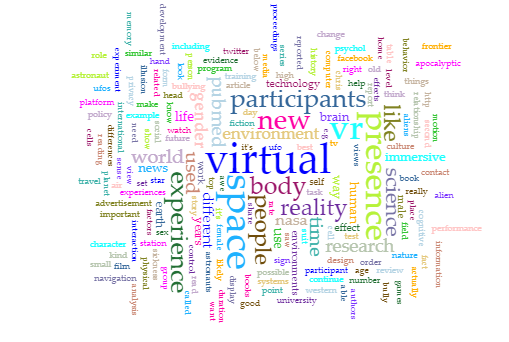
But What does it All MEAN?
I was a little shocked when the word virtual was the largest, so most reoccurring, word in my exploration. It is in part because of a few scholarly articles used on the impacts of virtual reality (stem people can be just as long winded as humanities, but sadly a bit more dry); however, most of my ten explorations all still have reference to the virtual.
I believe this to be a product of my own belief on the end of the world, which was one of the first things I have ever touched on, will only come through Virtual Reality. I am firmly optimistic that we will not cause the destruction of our planet for a myriad of reasons, which I guess I will cover in my final paper manifesto. But I do believe that if the virtual world ever becomes so real that people can be tricked into it being true, then we are in trouble. Because of escapism is so great, then humans will reach an unprecedented level of apathy. Regardless of politics, our technology is simply not ready for a full “green” conversion (to take climate change approach to the apocalypse); the deforestation required for efficient solar panel energy would be more drastic than the benefits. But we have our top scientists always searching for answers to these issues.
The physical frontier has always been a symbol for the greater frontier of human better. Humans push things to their absolute best limits; as a race it is our defining feature. So whether it be space travel, medical science, art, warfare… we will always improve.
Unless we see no need to. The apocalypse (macro or micro) and the supernatural have always been on the minds of humans, and thoughts of both push us to our best. But what happens if the sense of the end, a fear of punishment and destruction, no longer exists because we all have cozy existences inside a virtual, fake, artificial world? We may stop seeking the answers that unlock our future excellence; we may cease to sacrifice ourselves for a greater good. We may kill what it means to be human.

- Encounter at Farpoint, the two part Star Trek Next Gen premier, is simply wonderful, and I am ashamed to not have posted anything about it. Picard defending humanity’s right to exist against the omnipotent Q’s belief they should be destroyed for their past crimes is a fitting final image for my page.



![Foreshadowing] In the Blade Runner 2049 memory facility scene, the ...](https://i.imgur.com/HcJ999E.jpg)


